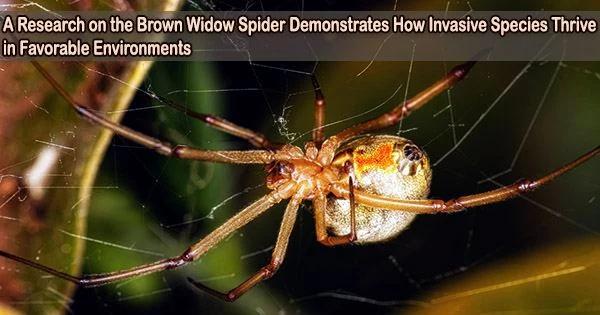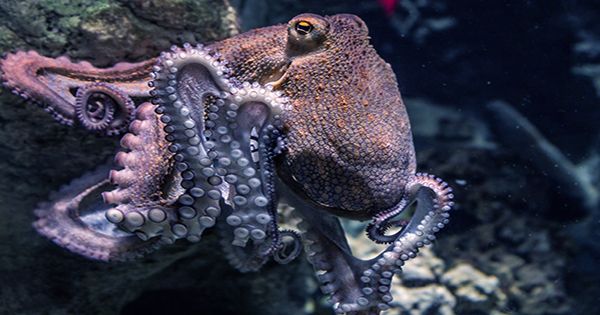The success of brown widow spider invasions may be attributed to lower parasitism and predation in urban settings. At Ben-Gurion University of the Negev, researchers led by Dr. Monica Mowery compared the egg sac parasitism of the invasive brown widow spider (Latrodectus geometricus) in urban areas to that of the desert white widow spider (L. pallidus).
While exceptionally dense brown widow populations showed very low parasitism rates, denser white widow sites were more severely parasitized. In a transplant experiment, they discovered no parasitism of either species in the urban habitat and less predation of white widow spider egg sacs, indicating that an urban setting shields the invading spiders against predators and parasites.
“Our results suggest that habitat plays a key role in changing interactions with predators and parasites, and in particular that urban species may benefit from a lower abundance of predators in their habitat,” explains Dr. Mowery, a postdoctoral fellow at Ben-Gurion University of the Negev.
The study was published recently in the journal Oecologia.
The brown widow spider (Latrodectus geometricus) is a species of venomous spider belonging to the same genus as the well-known black widow spider (Latrodectus mactans). The brown widow spider is native to Africa but has spread to various parts of the world through human transportation. It is now found in regions such as the United States, Central America, the Caribbean, and some parts of Asia and Australia.
Our results suggest that habitat plays a key role in changing interactions with predators and parasites, and in particular that urban species may benefit from a lower abundance of predators in their habitat.
Dr. Mowery
Urban invasive species Latrodectus geometricus, also known as the brown widow spider, may be found in warm areas all around the world. The scientists evaluated spider density and parasitism rates throughout the Negev over the course of a year to look into variations in host and parasitoid density.
The authors discovered that despite having very low rates of parasitism by a parasitoid wasp that preys on spider egg sacs, brown widows flourish at unusually high densities, as close as 10 cm from one web to the next.
The Negev Desert’s white widow spiders, on the other hand, were severely parasitized.
The authors moved spider webs containing egg sacs from both species between urban and desert habitats to evaluate the impact of habitat experimentally. They discovered greater predation of white widow spider egg sacs in the habitat of the desert, perhaps by birds, spiders, or ants, in addition to higher egg sac parasitism in natural settings.
In the field transplant experiment, no invasive brown widow egg sacs were consumed, which shows that local predators may not be able to identify the invasive species as prey.
Invasive species may benefit from colonizing an urban, fragmented habitat and may be able to persist in new situations with a lower chance of mortality from predators.
















